Nervous System: Histology
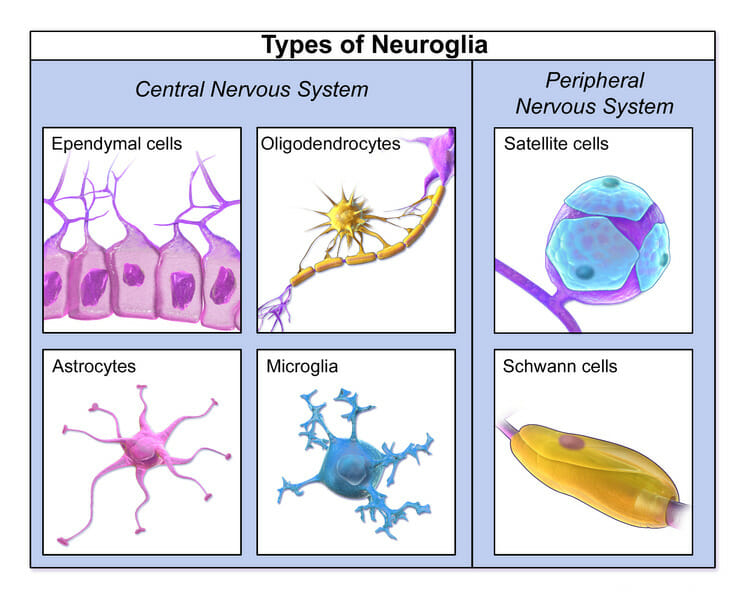
Neurons Definition Neurons are: Parts of a neuron Neurons consist of 3 main parts: Dendrites: Cell body: Axon: Anatomic characterization Neurons may be classified by the number of processes (axon and dendrites) attached to the cell body. Multipolar neurons: Bipolar neurons: Pseudounipolar neurons: Unipolar neurons: Functional classification Neurons may also be classified based on their […]
Surface Epithelium: Histology
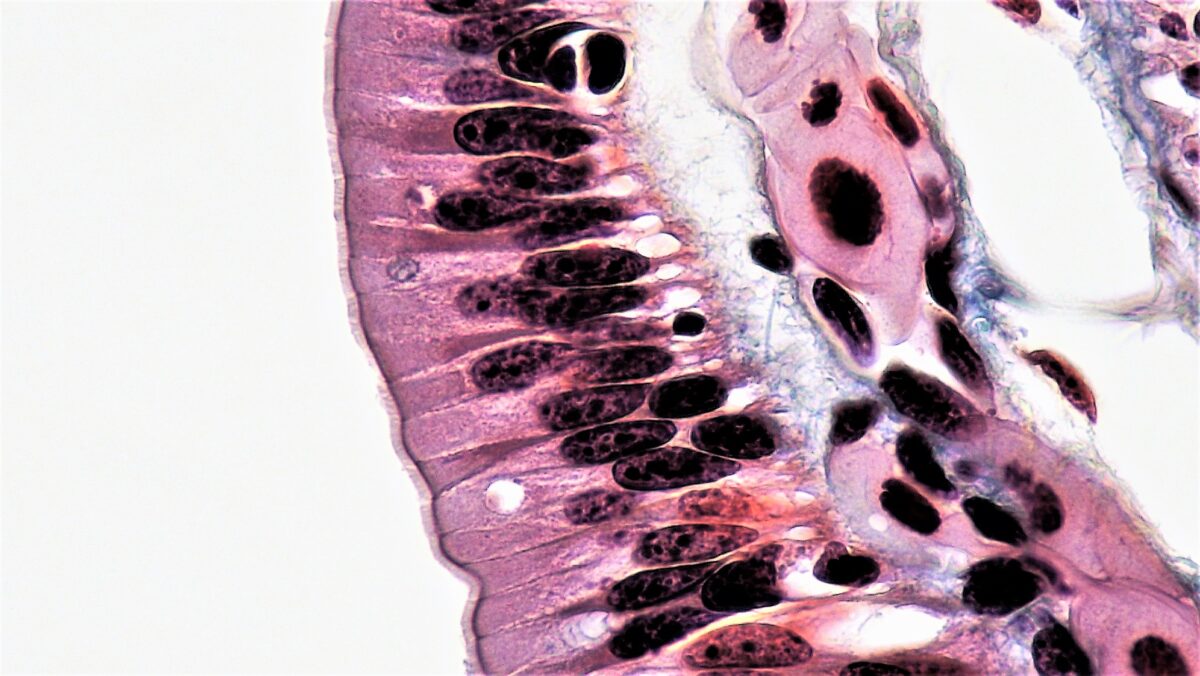
Epithelial Tissue Surface epithelium A complex of specialized cellular organizations arranged into sheets and lining cavities and covering the surfaces of the body: These cells exhibit polarity: The surface epithelium does not possess blood vessels; therefore, nutrients and oxygen are received from adjacent connective tissue. Functions Related structures Classification By number of layers By shape […]
Skin: Structure and Functions
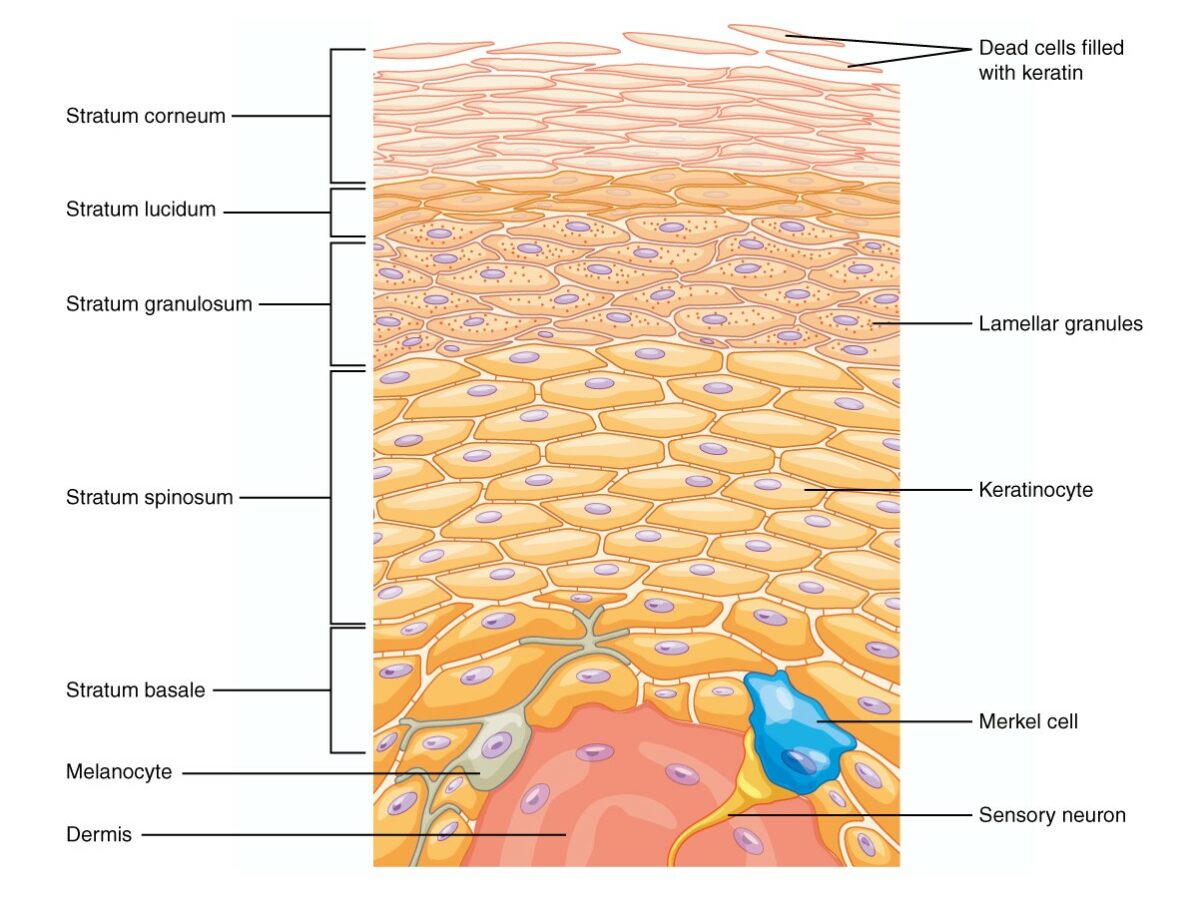
Structure of the Skin Cells of the skin Epidermis Dermis Function of the Skin Each layer of the skin has a unique function. Epidermis and dermis: Hypodermis: Skin Appendages Hair Nails Clinical Relevance References
The Cell: Cell Junctions
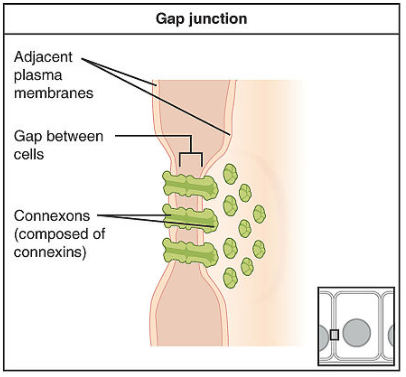
Tight Junctions Defintion Tight junctions (occluding junctions or zonula occludens) are intercellular adhesion complexes composed of proteins whose primary role is regulating the passage of water and solutes between epithelial cells (paracellular permeability). Location Found on the apical and basolateral sides of epithelial cells Mainly present in gastric mucosa, renal tubules, brain capillaries Composition Cell […]
Glandular Epithelium: Histology
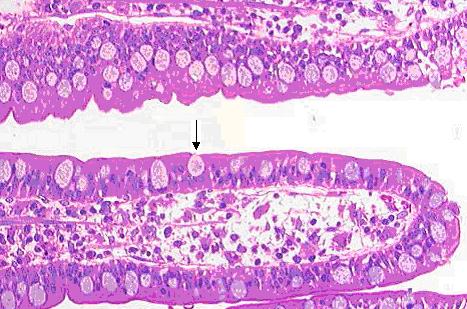
Overview Epithelial tissue Types of glands Exocrine Glands Structural classification Ways of secretion Clinical Relevance References
Bones: Remodeling and Healing

Bone Remodeling Total bone mass remains constant in adults; however, bones are not static: Bone deposition and resorption are constantly occurring. Deposition and resorption occur at the surfaces of both periosteum and endosteum. Bone deposition: Done by osteoblasts Osteoid seam: unmineralized band of matrix deposited by osteoblasts Calcification front: abrupt separation between old bone and […]
Muscle Tissue: Histology
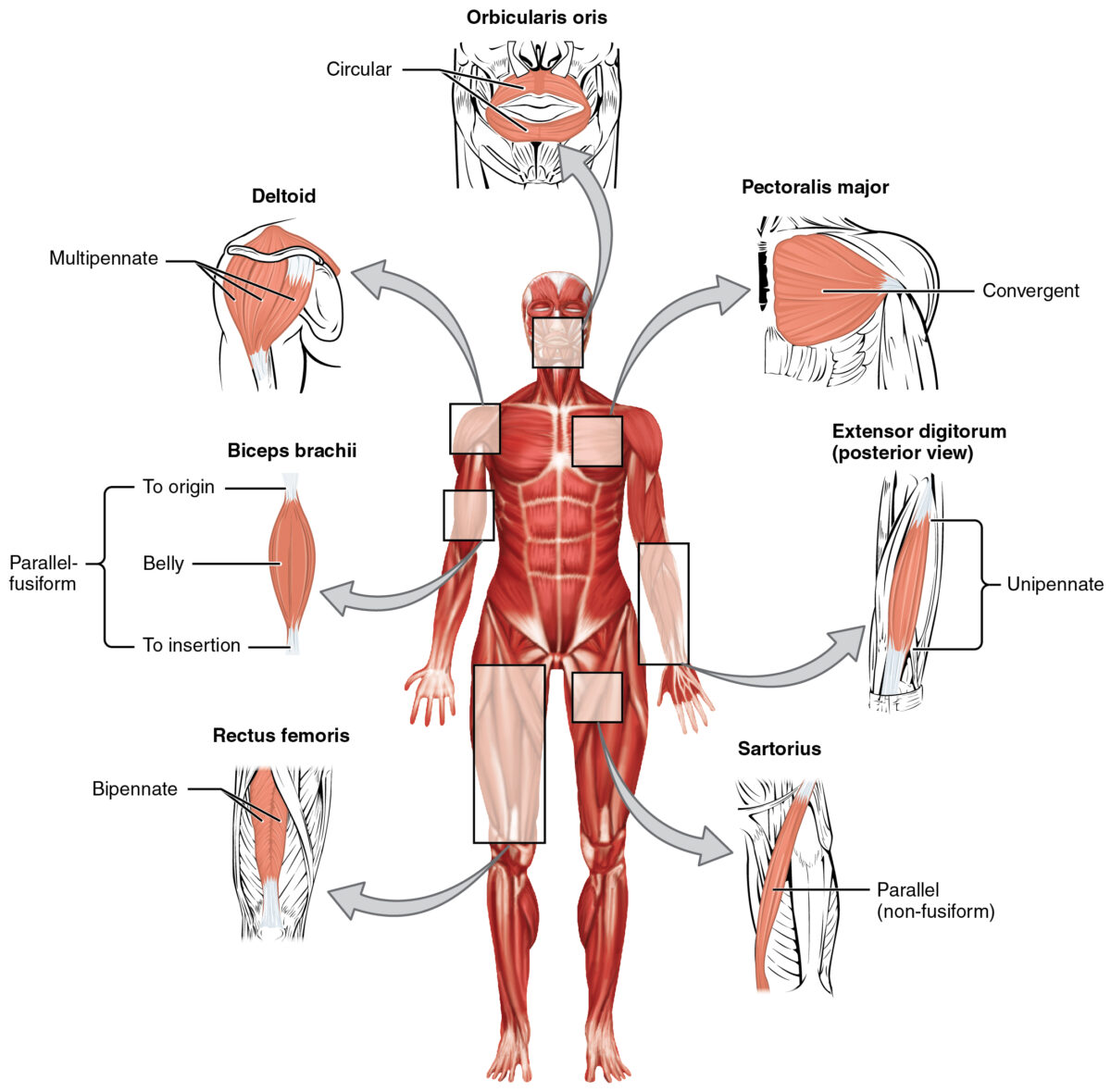
Overview Definition Muscle tissue is made up of muscle cells known as myocytes, which is one of the primary tissue types. Development Primary characteristics Functions Types There are 3 types of muscle tissue based on morphologic and functional differences: Striated versus nonstriated muscle Skeletal Muscle General characteristics Gross structure of muscle and surrounding connective tissue […]
Bones: Development and Ossification
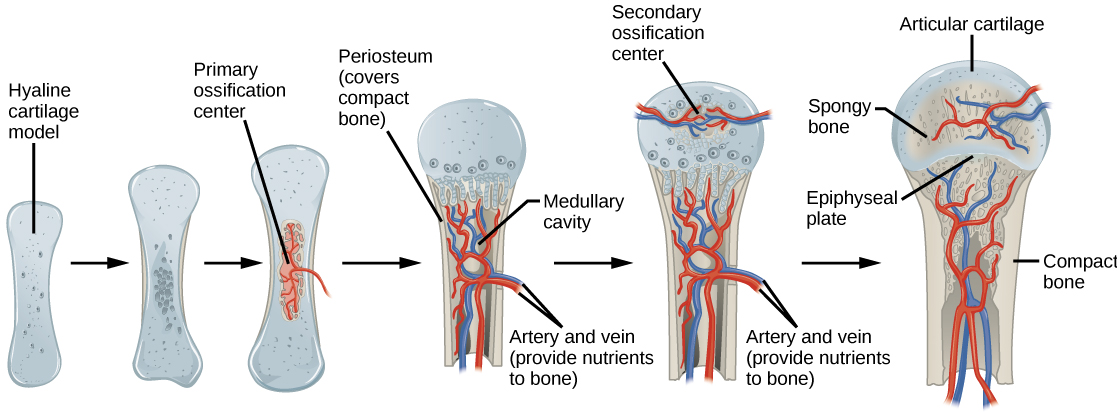
Overview of Bone Development Definitions The formation of bone is called ossification or osteogenesis. Types of ossification The 2 primary types of ossification are: Review of bone structure The 2 primary types of bone are compact bone and spongy bone. Endochondral Ossification Overview of endochondral ossification Detailed process of endochondral ossification Intramembranous Ossification Intramembranous ossification […]
Bones: Structure and Types
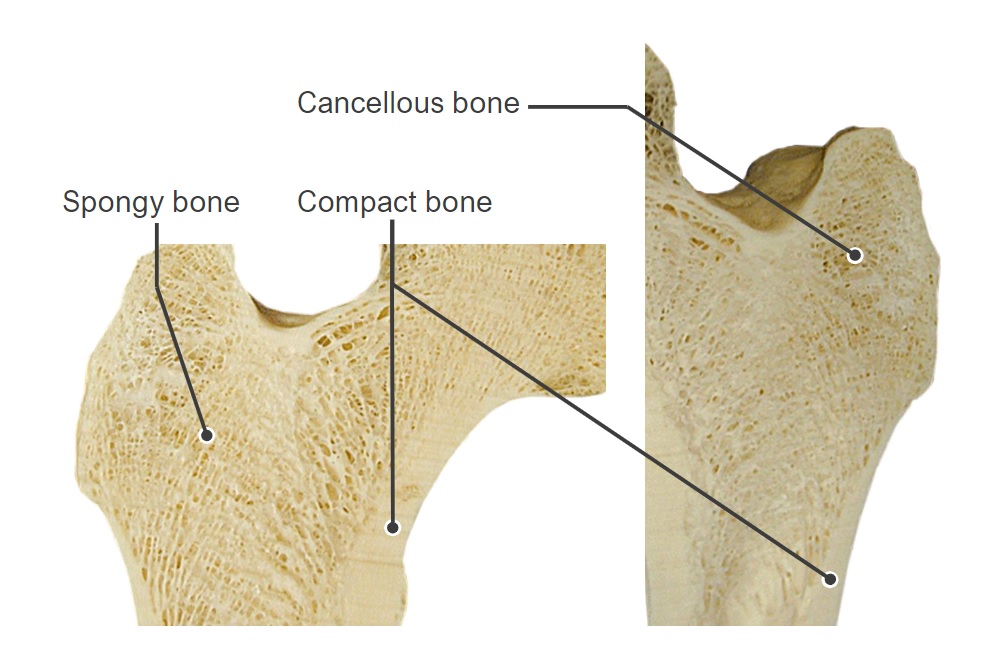
Overview Definition Bone, as an organ, is made up of: Bone can refer to: Function of bones Classification of bones by location Axial bones: Appendicular bones: Classification of bones by shape Bone Structure Types of bone tissue Compact bone: Spongy (cancellous) bone: Bone membranes Two primary membranes surround bone tissue: the periosteum (externally) and the […]
Secondary Lymphatic Organs
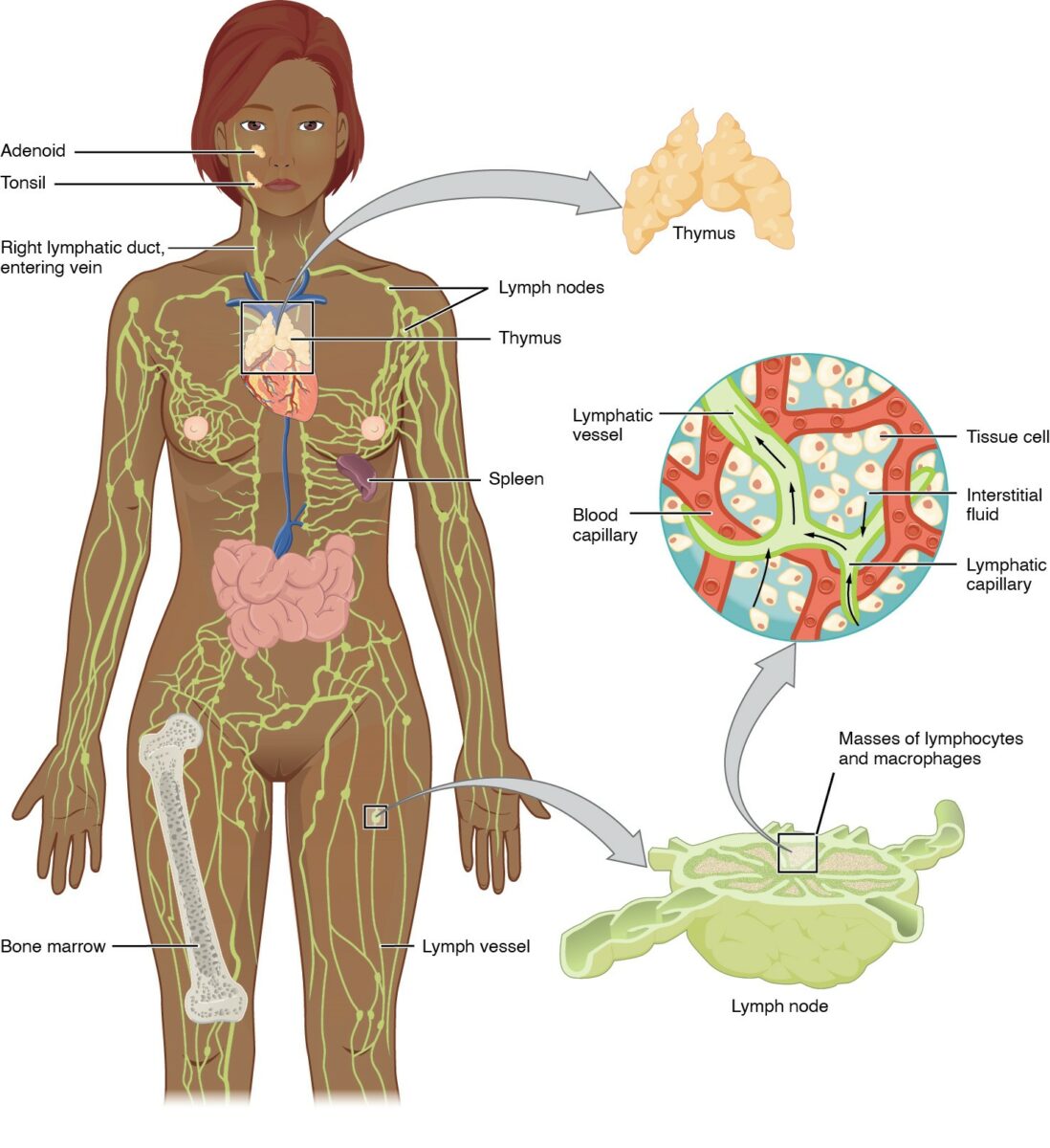
Overview Immune system Lymphatic system The lymphatic system (lymph vessels, lymph fluid, and lymphoid organs) is part of the body’s immune system. Lymph Nodes Anatomy Main functions The main function of lymph nodes is defense against the spread of microorganisms and tumor cells: General structure Functional regions Vasculature MALT Anatomy Main Function Mount an immune […]